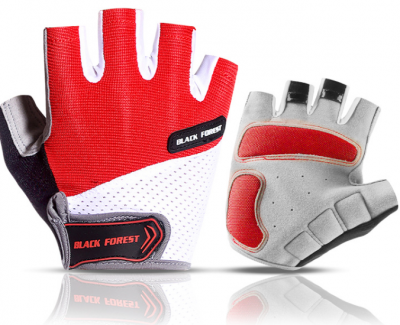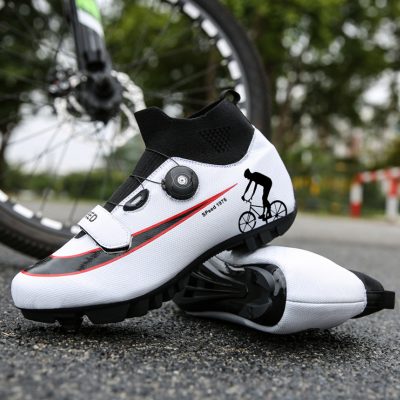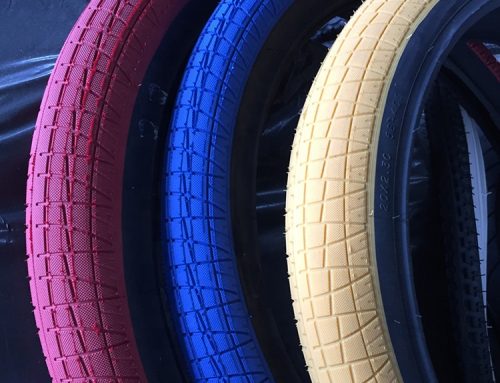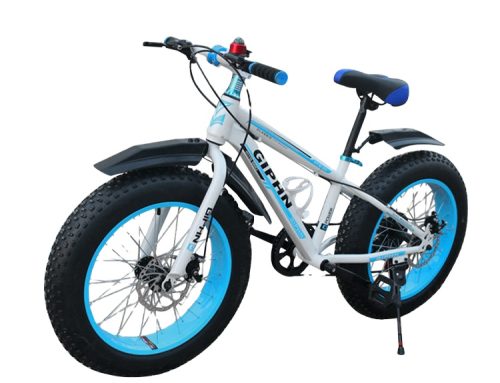1. Classifications:
Many regions classify e-bikes into different classes based on factors like motor power, maximum speed, and whether they require pedaling. Common classifications include Class 1, Class 2, and Class 3 e-bikes, each with specific rules and restrictions.
2. Maximum Speed:
E-bike regulations often define the maximum assisted speed the bike can reach while the motor is engaged. This speed limit is typically around 20 to 28 mph (32 to 45 km/h), depending on the classification.
3. Motor Power:
The motor’s power output, often measured in watts, can influence how the e-bike is classified and what rules apply. Different regions have different power limits for each e-bike class.
4. Pedal Assist vs. Throttle:
Some jurisdictions distinguish between e-bikes with pedal-assist (where the motor only assists when you pedal) and those with a throttle (where the motor can be engaged without pedaling). Regulations may differ for these two types of e-bikes.
5. Age and Licensing:
In some places, there may be age restrictions or licensing requirements for riding certain types of e-bikes. Check whether you need a driver’s license or any specific permits to operate an e-bike legally.
6. Where You Can Ride:
E-bike regulations often dictate where you’re allowed to ride. This can include bike lanes, roads, multi-use paths, and pedestrian areas. Some areas might restrict e-bike access on certain trails or paths.
7. Helmet Requirements:
Find out whether wearing a helmet is mandatory when riding an e-bike. Even if not required by law, wearing a helmet is strongly recommended for safety.
8. Equipment and Lights:
Some regions have specific requirements for e-bike equipment, such as lights, reflectors, and bells. Ensure your e-bike complies with these regulations.
9. Insurance and Registration:
Research whether e-bikes need to be insured or registered in your area, similar to other motorized vehicles.
10. Changes in Regulations:
E-bike regulations can change over time, so stay informed about updates to local laws and guidelines.
11. Local Resources:
Contact local bicycle advocacy groups, transportation departments, or regulatory bodies to get accurate and up-to-date information about e-bike regulations in your area.
12. Manufacturer Specifications:
Always follow the manufacturer’s specifications for your e-bike. If the manufacturer’s specifications exceed local legal limits, you could be in violation of regulations even if the e-bike is sold to you.
Understanding and adhering to e-bike regulations not only ensures your safety but also contributes to responsible and considerate e-bike usage in your community. If in doubt, consult local authorities or legal experts to clarify the regulations that apply to your specific situation.





